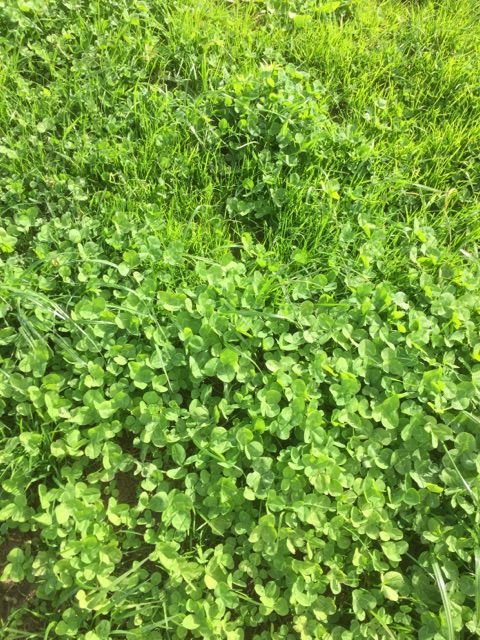Most soils are aerobic. This is important because plant roots consume oxygen and carbohydrates while releasing carbon dioxide and there must be sufficient air—especially oxygen—in the soil to support most forms of soil life.
In addition to plant roots, most forms of soil microorganisms need oxygen to survive. Anaerobic conditions result from a restriction of oxygen in the soil. This can occur in a number of ways including but not limited to wetlands, paddy soils, poorly drained soils, over cultivation, heavy textured soils, areas with a high water table, pugging from animals and heavy rainfall coupled with poor drainage. The effect of an anaerobic environment changes both chemical and biological aspects of the soil which will have a serious impact on the biological activity with many soil microorganisms unable to survive without oxygen. Anaerobic conditions in soil affect plant productivity as well as organic matter and nutrient dynamics. It will also severely impact plant roots and restrict the growth of plants which aren’t adapted to this type of environment. The effects on plants include a slowing of leaf and shoot extension, a yellowing of the older leaves, wilting and disease. Anaerobic soils, have high populations of putrefactive microbes which are reductive and produce toxins, these soils have higher levels of soil borne diseases and result in low production.
Restoring Aerobic Conditions with EM
EM as many people know is a blend of microorganisms design to work in synchronicity to enhance the soil, plant and environment. What many people won’t know is that EM contains facultative microbes. Facultative means microbes that can live both with oxygen, and also in low oxygen conditions. They can operate effectively in an anaerobic soil and help restore the soil to an aerobic system. Using EM produces a regenerative environment and will stimulate resident aerobic microbes to once again function helping to change the environment. This will speed up the process in restoring the aerobic function to an anaerobic system.
One recent example of this was in Northland. A farmer who had done all of the right things in regards to his soil fertility (he followed the Albrecht-Kinsey method) couldn’t understand why his pasture production was poor and clover non-existent. The farm itself had recently had high rainfall and a heavy stock rate which pugged his soils. The soil smelled very sour so a decision was made to use a microbial inoculant to try to stimulate the soil biology to help remedy the situation. Luckily the farmer had a thorough soil consultant, who after doing some research contacted us at EMNZ about using EM. The suggestion was to use 20L per ha pf EM along with 5L of Fish Hydroysate (as an additional food source for the EM) to stimulate to biology and help restore the natural aerobic function of the soil.
The pictures illustrate the changes just 3 weeks later. The big visual difference is the clover which has taken off, so much so that the farmer commented that he has never seen clover like it on his property. Other positives were a significant improvement in pasture production, a sweeter smelling soil and an abundance of worms. There are still improvements to be made but this shows the big impact a change in biological activity can have.
For more information please contact us.

Source link













